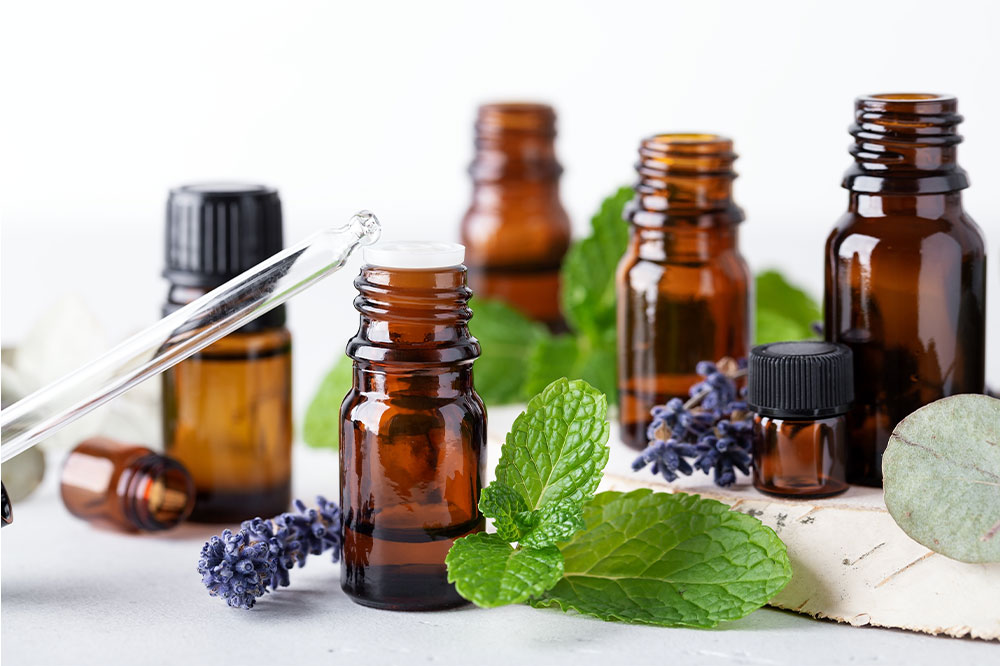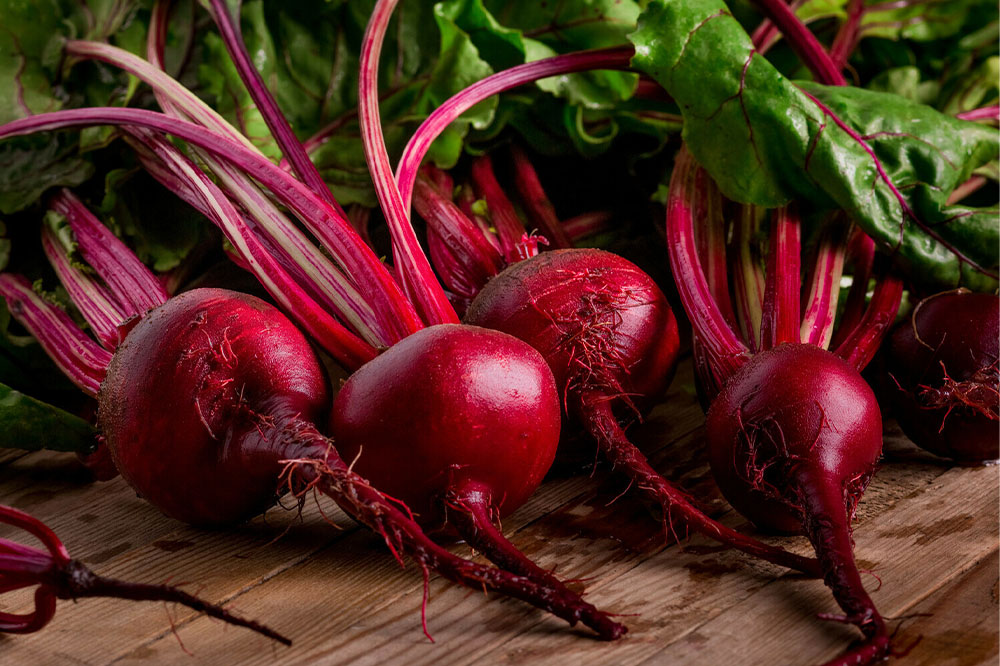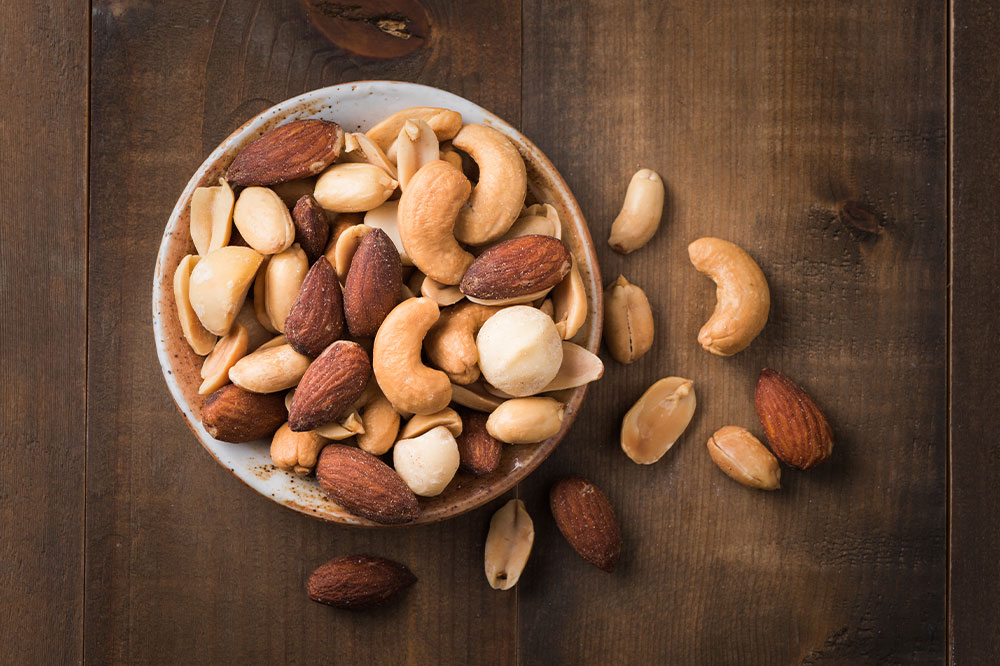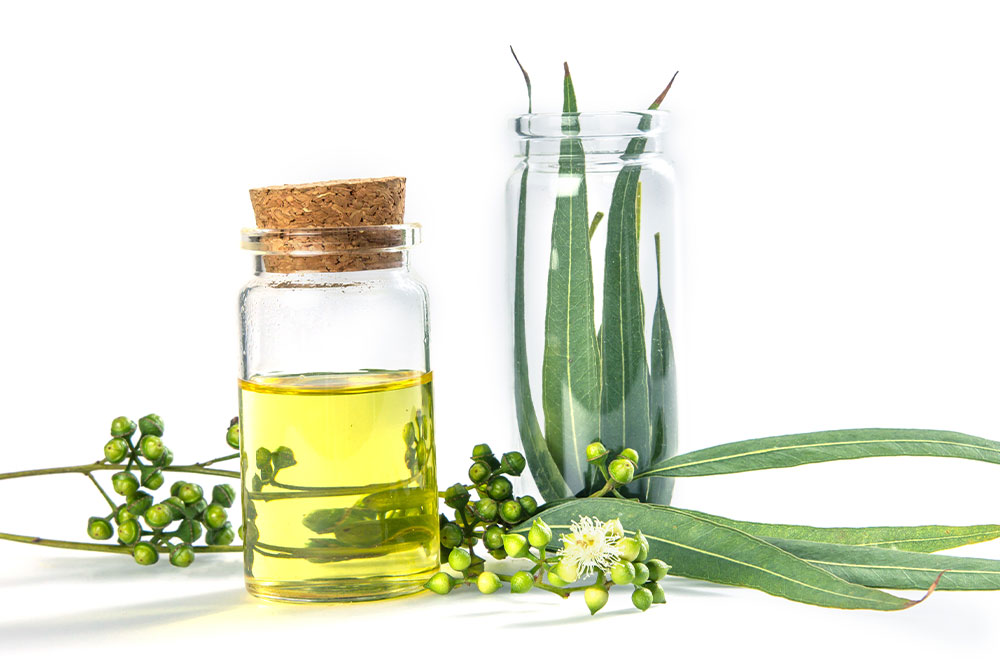8 mistakes to avoid when buying and applying lipstick

Makeup seems incomplete without a touch of lipstick, which can magically enhance one’s overall look. When lipstick from a good brand is applied tactfully, it can become one’s highlight of the day. Further, acing the process of applying lipstick helps accentuate the lips’ shape and provides the perfect touch-up, even when one hasn’t applied any other makeup products. So, here are some common mistakes to avoid when buying and applying lipstick.
Failing to research lipstick brands
With a dime a dozen makeup and beauty brands out there, it’s quite easy to fall for online ads and buy a product impulsively. But when buying lipsticks, it is crucial to research the brand and its credibility because a substandard-quality lipstick can not only spoil one’s look but also irritate the lips. So, one should always extensively research different lipstick brands, their specific products, their expertise and core experience in the beauty industry, and their overall reputation. Exploring online product reviews and seeking guidance from friends and family members about the brands they use is a good idea for making an informed decision.
Not picking the right shades
One may have mastered the lipstick application technique, but without the right shade, it’s practically of no use. In general, those with warm skin undertones do better with lipstick shades such as red and orange, whereas for those with a cool skin undertone, hues of pink and purple are the best bets. Eye color also plays a crucial role in selecting the right shade of lipstick. For example, warm-shaded lipsticks like brown, bright red, or orange work well for those with brown or black eyes. In contrast, pink and terracotta shades are great options for people with green or blue eyes. So, one should always consider such factors before zeroing in on a lipstick shade.
Overlooking lip texture
Whether to go for a creamy, matte, or liquid lipstick has a lot to do with the texture of one’s lips. While matte lipsticks may look attractive, they are not well-suited to those with dry lips because such lipsticks have high quantities of wax and may get deposited inside one’s lips’ existing cracks, making them even more parched than they already are. On the other hand, matte lipsticks lend themselves well to oily lips because their oil content is less. So, those with dry lips should opt for liquid or creamy lipsticks, which have high levels of moisture and ensure that the lips don’t dry out even after long hours.
Applying lipstick directly
One of the most common lipstick application mistakes is to apply it directly on the lips. Lip care is an essential part of self-care, and putting on a lipstick on chapped or dry lips can aggravate its existing issues. So, it is important to exfoliate one’s lips at least once a week to ensure they are soft and supple. An easy home remedy to exfoliate the lips is to mix a teaspoon of honey with two tablespoons of sugar and massage it onto the lips. One should leave the mixture on the lips for about 10 minutes before washing it off. Also, before applying lipstick, it is essential to wear a good-quality lip balm with SPF so that the lips are well-hydrated and feel soft even after the lipstick is applied.
Not applying a lip liner
If the shape of one’s lips isn’t defined, it becomes difficult to apply lipstick within their contours. That’s where lip liners step in to make this task easy. Lip liners give definition to one’s lips, accentuating their natural shape. Moreover, they are usually quite heavy-duty, which means there’s less chance of the lipstick running out of the defined contours.
Forgetting to blot the lipstick after application
It’s not enough to step out directly after applying lipstick; one also needs to add the final touch by blotting it gently with a tissue and sprinkling some dust-setting powder on it. Finally, one may gently remove excess lipstick with two fingers so that the lipstick is evident but not excessive.
Lining the lips too much
It might be tempting to over-accentuate the lips or go all artistic and draw one’s desired shape, but this might end up spoiling the overall look. The best bet is to accentuate only the existing lip shape, nurturing the natural shape of one’s lips and applying lipstick within these contours.
Not taking off lipstick properly
If lipstick remains on the lips for very long hours or overnight, it can cause considerable damage to the lips. So, one should always remember to take off lipstick properly before going to bed. For matte lipsticks, the best way to rub them off is by applying a layer of coconut or olive oil. Creamy lipsticks may be taken off using warm water and cotton pads. If one has liquid lipstick on, micellar water works well to get it off.
Applying lipstick properly can go a long way in enhancing one’s look. Besides avoiding the above lipstick mistakes, it helps to carry a tube of lipstick and lip balm when stepping out, especially if there’s an event to attend so that one can quickly apply a dash of lipstick if it fades or comes off.







